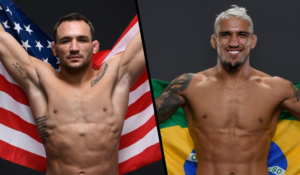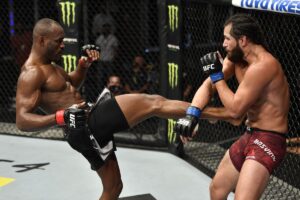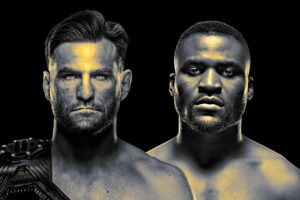Trends and Takes: Week 7
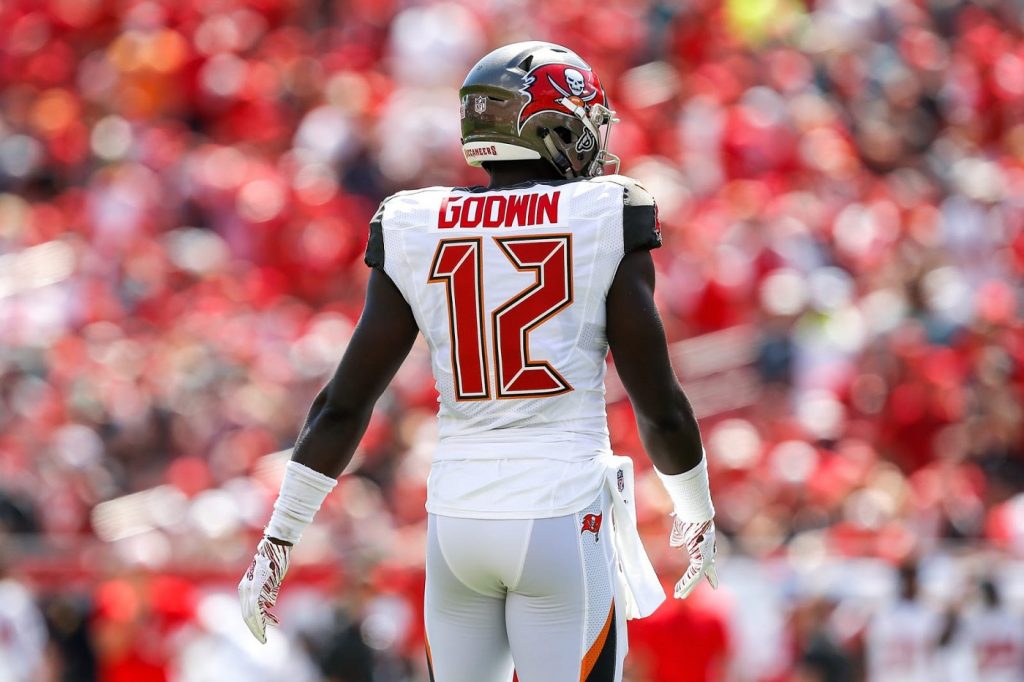
Written by Timothy Lewis (@TrendsAndTakes) — October 22nd, 2020
The sixth week of the 2020 NFL season has come and gone! In other words, we have a six-game sample size to spot trends and develop takeaways. Welcome to season three of this column! If you’re not familiar, I use this time to look at numbers and tell you what I make of them. This year I will be offering additional Buy/Sell/Drop/hold criteria. Statistics are courtesy of advanced analytics goldmine, PlayerProfiler, and trusty dusty Pro-Football-Reference.
David Johnson
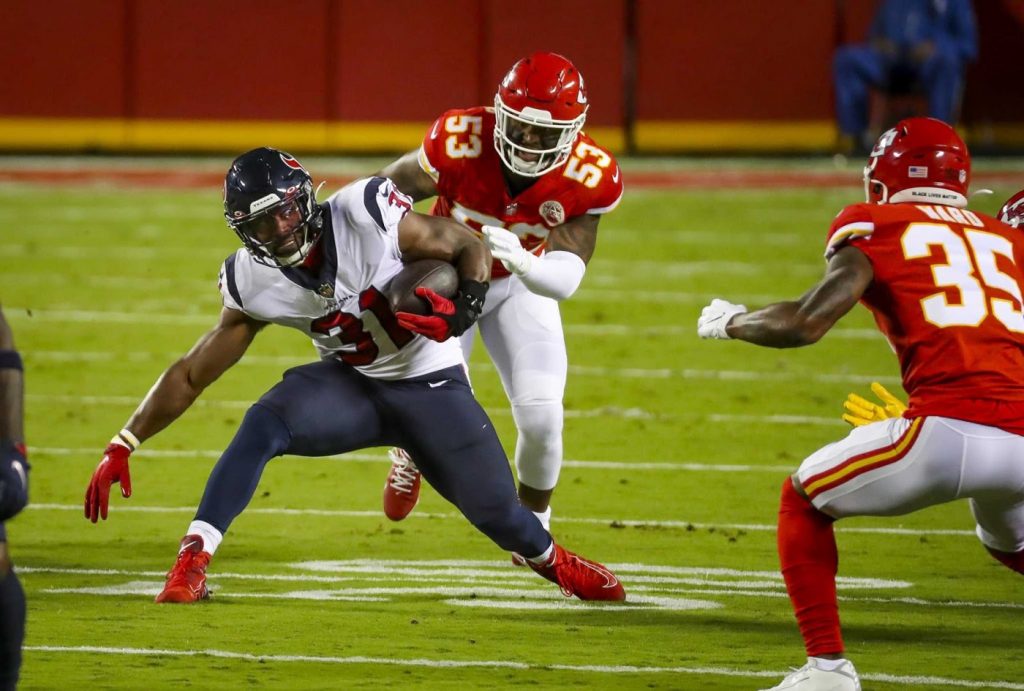
The Trends:
77.1% Route participation (1st in NFL)
3 Runs of 15 yards or more (12th in NFL)
9.9 yards per reception (1st in NFL)
20 evaded tackles (21st in NFL)
The Takes:
2016 David Johnson is far away in the rearview mirror. That man will never return. What we do have, for the first time in quite a while, is a healthy David Johnson. That means… something.
The acquisition of Johnson was always a bit of a head-scratcher. The deal sent one of the league’s premier wide receivers in DeAndre Hopkins packing for a 28-year-old injury-riddled running back. Even more perplexing? That running back’s fit in his new team’s offense.
The Northern Iowa product is among the league’s elite pass catchers. A wide receiver in a running back’s body, he’s arguably more talented spread out wide than the likes of Alvin Kamara and Christian McCaffrey. So, why would a team that doesn’t target the running back acquiring his services?
When used as a receiver, Johnson has excelled. However, he’s 20th in the NFL in targets at his position; a travesty when we consider his skill profile. While he’s received more action in the passing game than his predecessor Carlos Hyde, DJ has seen similar usage. He’s expected to grind out tough yards, on a substantial workload.
Unfortunately, this usage limits Johnson. While he’s running more routes than any running back in the game, there’s a difference between running a route and being schemed the ball. When given the opportunity, he has delivered, leading all running backs in yards per reception. As a runner, the former Cardinal has been a replacement-level talent, as evidenced by his lacking evaded tackles relative to his number of carries.
An above-average athlete, albeit not the otherworldly specimen of his early-career breakout, Johnson is one of the more system-dependent backs in the league. He’s best with an immobile quarterback who involves their checkdown, and with an offensive coordinator who finds ways to get him in space. 2016 was the perfect storm between Carson Palmer and Bruce Arians.
This is a round-about way of saying that David Johnson’s career, not lacking for highlights, still has a what-if element. Lesser talents at the position have enjoyed more consistent success thanks to surrounding competency. David Johnson has endured inconsistency due to surrounding incompetence. As one of my favorite players, it’s devastating to watch him get forced between the tackles like string cheese in a hydraulic press.
The Verdict: Any delusions of David Johnson hitting his groove in this offense are exactly that. Deshaun Watson will continue to be a scrambling gun slinger, and the incentive to develop a scheme around Johnson is at an all-time-low following the termination of Bill O’Brien. SELL as a mid-tier RB2 while you still can.
Myles Gaskin
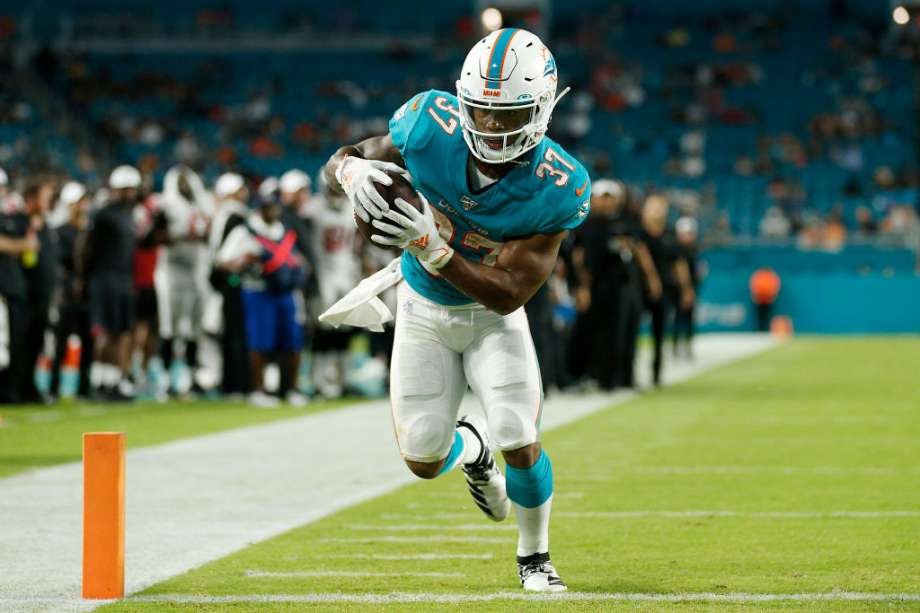
The Trends:
4.8 Targets per game
27 Red zone touched (2nd in NFL)
28 evaded tackles (10th in NFL)
The Takes:
Among Miami backs drafted, Myles Gaskin was not a trendy name. Jordan Howard and Matt Breida headlined the Dolphins’ off-season acquisitions. Pundits expected the two to split the workload in a formulaic way, with Howard handling short yardage and goal line duties, while Breida occupied the pass-catching and change-of-pace role.
Both being known commodities at the NFL level, it was hard to get excited for this tandem. The Dolphins weren’t expected to score many points, and would therefore struggle to maintain gamescripts that favor the run.
Myles Gaskin changed all of that. The unheralded 2019 seventh-round pick was in question to make the roster, but has shown Miami’s coaching staff that he’s capable of handling the bruising, meat-and-potatoes role of Howard, while also offering the athleticism and skill diversity we expected from Breida.
The real kicker is that Miami is better than expected, sitting at 3–3 through six games, good for second in the division. They’ve been competitive in most contests, and just turned over the keys to their rookie quarterback, Tua Tagovailoa.
In my opinion, the quarterback change spells trouble for this offense’s upside. The pace of the game will likely decrease, as the team looks to protect it’s oft-injured rookie signal caller. Tua may have more arm talent than Fitzpatrick, but he does not have nearly the experience. Slower reads, inferior line of scrimmage adjustments, and Tua’s acclimation to NFL speed could all stagnate this surging Miami team. Afterall, the offensive line maintains more questions than answers, and a number of challenging defensive fronts loom in the oncoming schedule.
The Verdict: While Gaskin has been a welcome surprise, especially in a season with injuries to so many prominent running backs, my projections for him and this Miami team remain conservative. The increase in usage inside opposing red zones has been a value-boosting attribute, and Gaskin’s overall volume and efficiency are both better than expected at this juncture. In my eyes, the fruit is ripe and ready to be picked. Look to package and SELL for an asset with a higher week-to-week ceiling.
Mike Williams
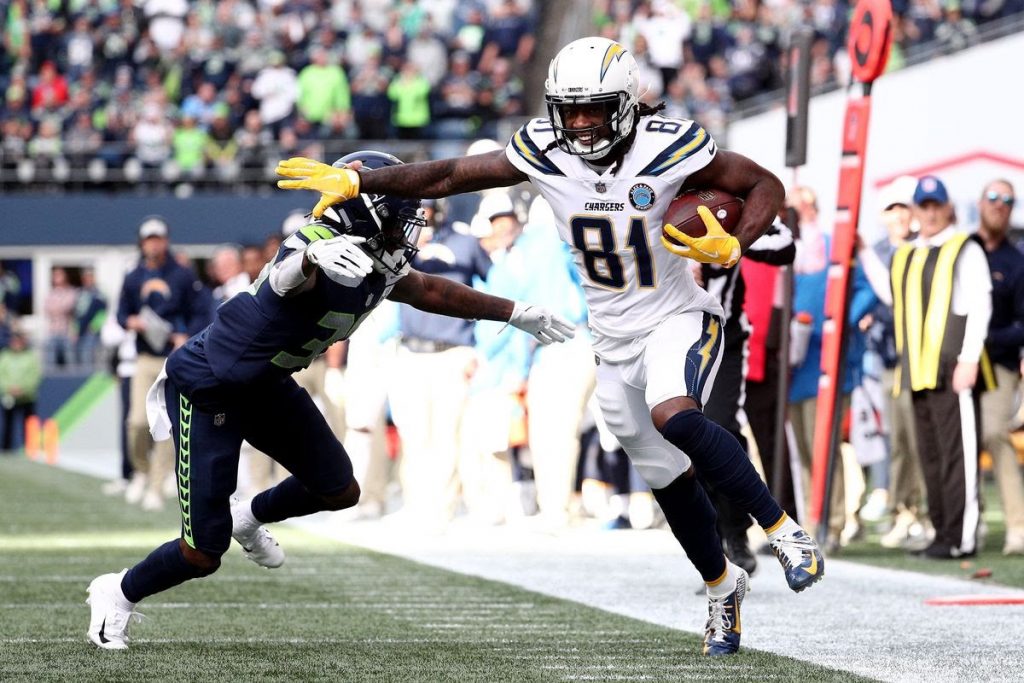
The Trends:
5.5 Targets per game
2 Deep targets per game (20 yards or more)
At least 8 targets and 140 air yards in 2 out of 2 healthy games
The Takes:
The Chargers have been one of the most difficult teams to analyze throughout 2020. During training camp, many envisioned the team to be a run-heavy, slow-paced, ball-control offense helmed by Tyrod Taylor and backed by a stellar defensive unit. After all, Anthony Lynn and Tyrod Taylor have familiarity, and the coach confirmed notions that Taylor was the entrenched starter.
A lung stabbing later, and a polarizing rookie quarterback named Justin Herbert took the helm. This did two things for the Chargers’ team: First, it sped up the Chargers offense. Secondly, Herbert’s ball placement and willingness to check down unlocked the established duo of Austin Ekeler (RIP to that hammy) and Keenan Allen.
What Herbert has lacked is his downfield playmaker in Mike Williams — somebody to stretch defenses, opening things underneath for the shallower routes of Hunter Henry and the aforementioned Allen.
Health has been a struggle for Williams, dating back to a terrifying neck injury during his time at Clemson. However, it’s these injuries and the recent bye week that have allowed the Chargers’ wideout to remain under the radar. The week five, two touchdown breakout certainly gave an idea of what we can expect going forward.
Williams is a ubiquitous receiver, in that he can find success with any quarterback. His strong hands, size, and physicality make him a reliable security blanket; his contested catch ability and speed make him a menace downfield. He isn’t reliant on finely-tuned synchronicity with his quarterback. Toss it in Williams’ direction and watch him go get it.
Coming out of a week six bye following his best performance of the season, the Clemson product can expect a new level of integration. His 2 deep targets on just 5.5 overall targets per game is a staggering pattern of usage. The team’s defense has not lived up to the hype, and the offense will need Williams’ big play ability as an outside receiver in order to win games. As the chemistry grows between the 26-year-old wideout and his rookie quarterback, increased usage will come, particularly in the red zone, where Williams is only seeing 11% of the team’s targets despite his 6’4”, 218 lb. jump-ball-friendly frame.
Verdict: There’s a lot of room for growth in this suddenly promising Chargers offense. I’m acquiring whoever I can, including Mike Williams, who has the highest ceiling among all pass catchers on the team. BUY.
Chris Godwin
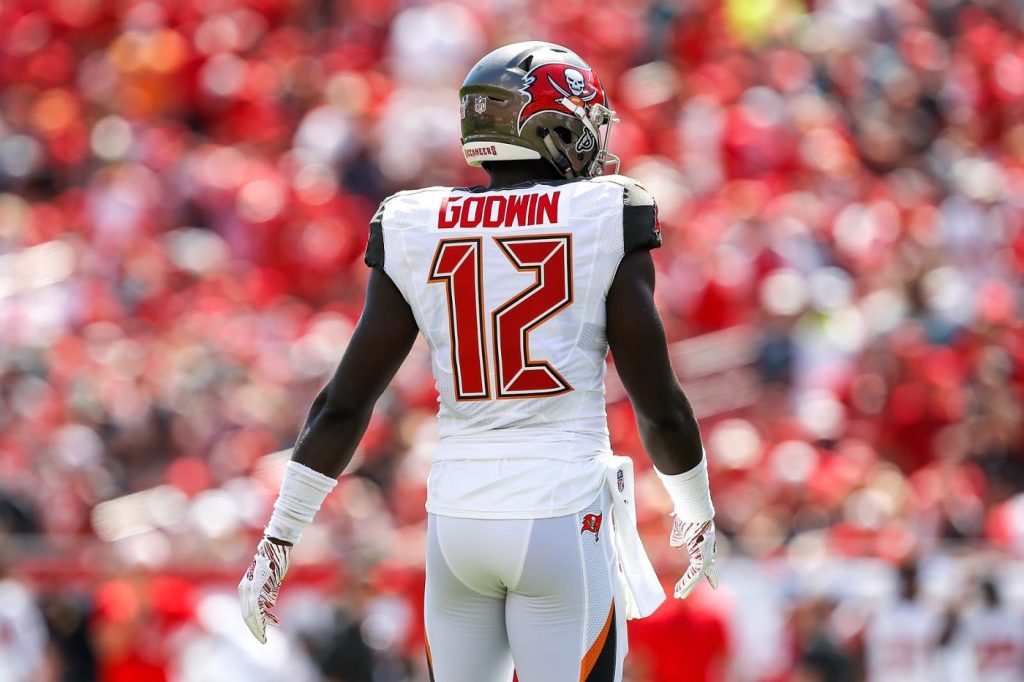
The Trends:
Tom Brady averages 39.2 pass plays per game (4th in NFL)
Target share of 20.6%
QBR of 123.1 when targeted
95% Catchable target rate
The Takes:
Chris Godwin profiled as the guy Brady would favor: Sure-handed, explosive after the catch, with the ability to run every route and play everywhere. Come to think of it, who wouldn’t favor a guy like that?
The dream has not yet been realized for Godwin, who has garnered a respectable, but subpar, 6.7 targets per game. Injuries have been an issue and chemistry is developed over time, but the truth is, Tom Brady is balling out in this new offense. So why, even when healthy, has Godwin failed to produce a single 100 yard game?
Two early season drops may have shaken the trust of his veteran quarterback, but I believe the issue is more nuanced. Bizarrely, Godwin leads all Buccaneer pass catchers with his 20.6% target share. The issue isn’t that Tom Brady has other targets he likes more, but rather, that he has so many targets to throw to. The team is legitimately 5 receivers deep with the likes of Godwin, Mike Evans, Scotty Miller, Justin Watson, and Tyler Johnson. To start the year, they also boasted the best tight end trio in the game with O.J. Howard, Rob Gronkowski, and Cameron Brate, before Howard’s season-ending achilles injury.
Therefore, Chris Godwin leaves us in an uncomfortable position, especially considering the cost on draft day. There’s both room for him to further assert his dominance and become Brady’s darling like many projected, but there’s also the possibility we see increases in target share for Mike Evans and Rob Gronkowski.
I err on the side of optimism when it comes to Godwin’s talent. He simply hasn’t been unlocked yet. In Brady’s last season with the Patriots, Julian Edelman (basically Godwin-lite) averaged 9.6 targets per game on a 26.2% target share. While Edelman did not face the same competition for targets, it was one of many examples of Brady locking onto his most talented pass catcher.
Verdict: You can’t trade Godwin away right now. You won’t get proper value. His sample size with Tom Brady is only 3 games, and he’s already atop the pecking order. A modest increase in usage is likely, and WR1 production is still in the range of outcomes. HOLD.

